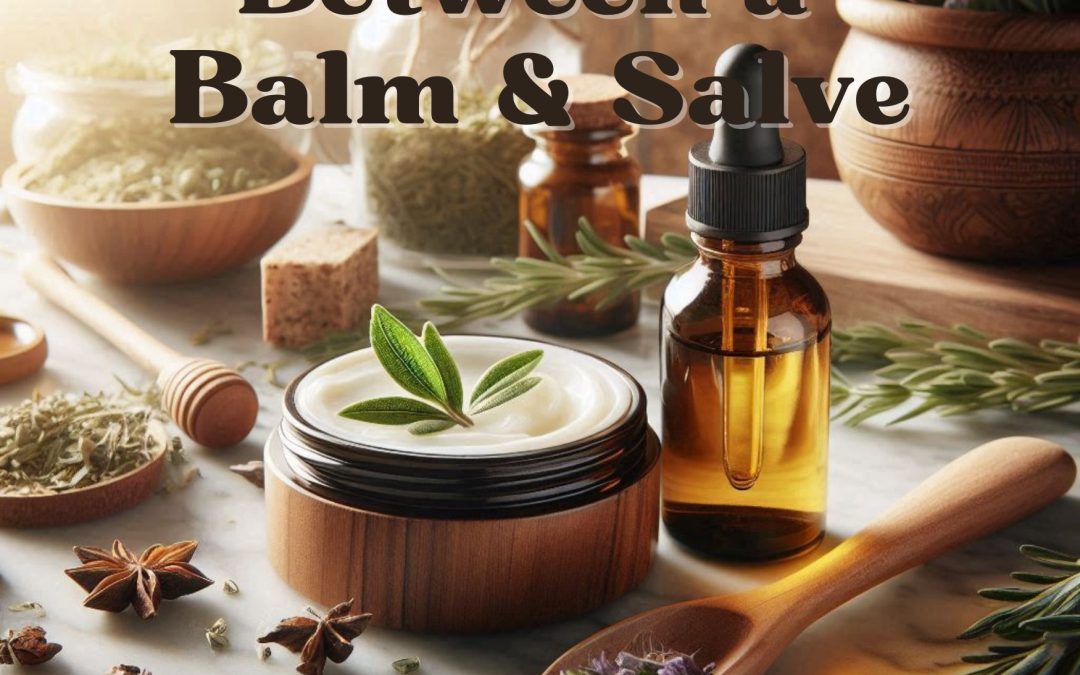
by Jamie Satterwaite | Aug 13, 2024 | DIY
When it comes to natural remedies, balms and salves are popular choices for soothing the skin, relieving pain, and promoting healing. While these terms are often used interchangeably, they have distinct differences. In this article, we’ll explore the key differences between balms and salves and provide a basic ratio recipe to help you create your own.
(more…)
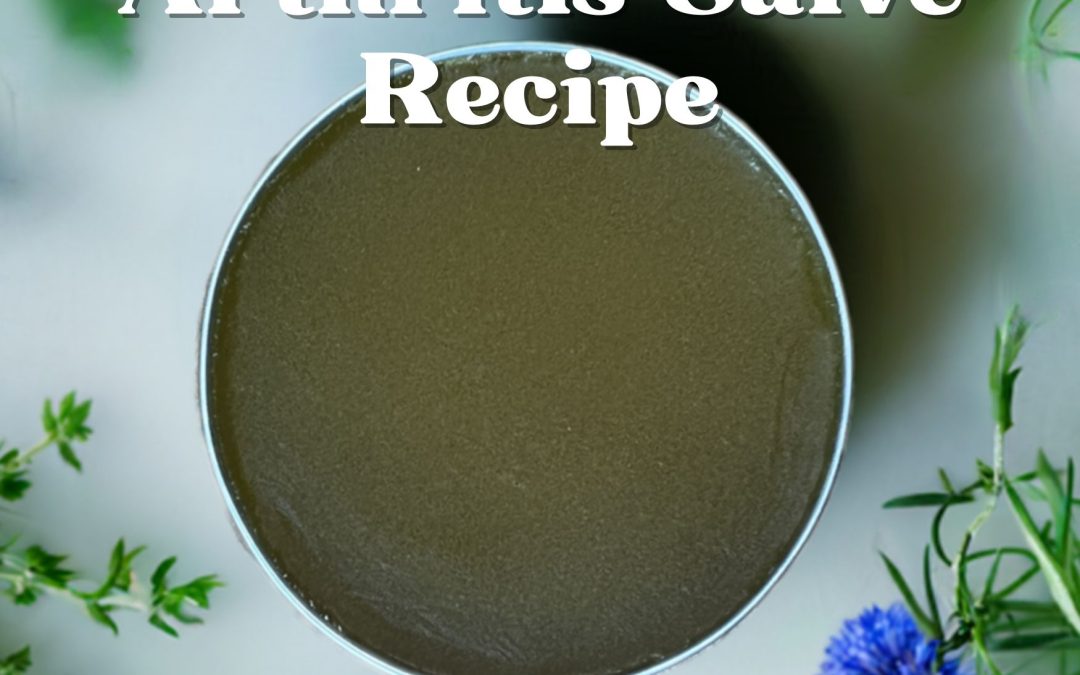
by Jamie Satterwaite | Aug 13, 2024 | Herbs & Oils
Arthritis is a common condition that causes pain and inflammation in the joints. While conventional treatments are available, many people turn to medicinal plants for relief. Below is a comprehensive guide to the most effective medicinal plants for arthritis, including their benefits, scientific names, and possible side effects.
(more…)
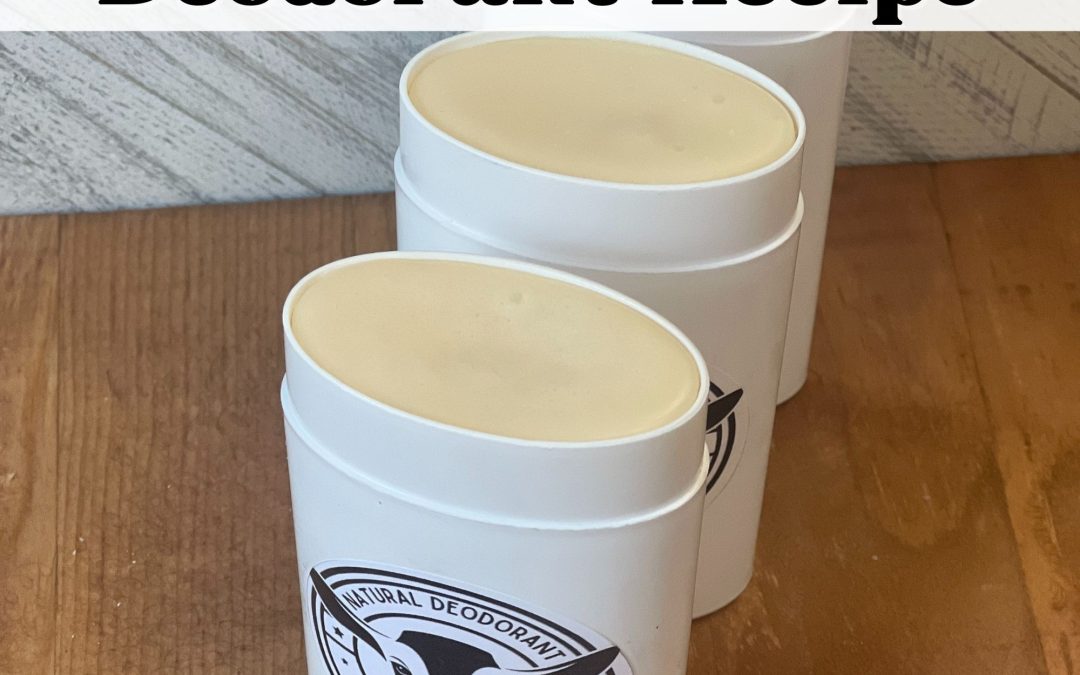
by Jamie Satterwaite | Aug 6, 2024 | DIY, Soaping
Beef tallow seems to be making a big come back in DIY Beauty products. And for good reason, this traditional ingredient, known for its skin-nourishing properties, is gaining popularity in the modern era for its ability to keep you fresh and odor-free. In this blog post, we’ll delve into the benefits of beef tallow deodorant, exploring why it’s becoming a favorite among those seeking natural alternatives. Before we go over this DIY Tallow Deodorant Recipe, here are a few good reasons to make the switch from traditional deodorants.
(more…)

by Jamie Satterwaite | Aug 6, 2024 | Herbs & Oils
Comfrey, scientifically known as Symphytum officinale, has been valued for centuries due to its medicinal properties and versatile applications. This remarkable herb, often found in temperate regions, boasts a rich history of use in traditional medicine. In this blog post, we’ll explore the myriad benefits and uses of comfrey, shedding light on why it’s a cherished staple in natural health circles.
(more…)
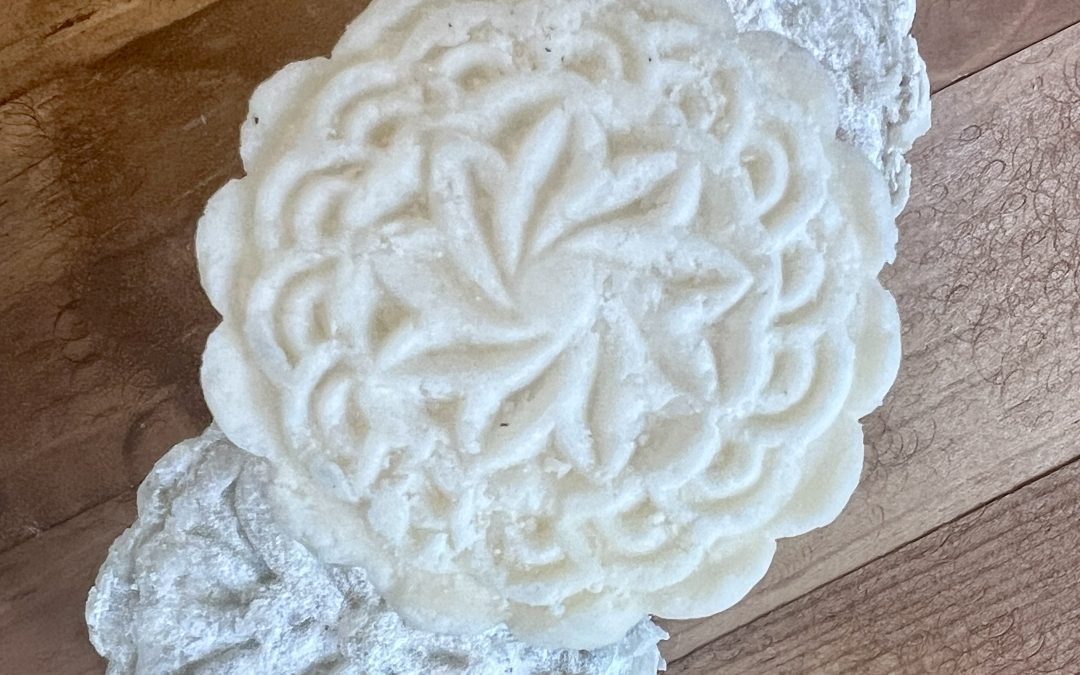
by Jamie Satterwaite | Jul 28, 2024 | DIY, Soaping
Shampoo vs soap is always a debated topic in a lot of my soaping groups. Some swear that regular soap is perfectly fine for hair, but myself and others will disagree with this. I have gone over in depth the Difference Between Bar Soap and Shampoo Bars on another post, but it boils down to one major thing… Ph factor. Having the correct Ph level for shampoo is important for a number of reasons, one of the biggest being the hair cuticle. This Homemade Shampoo Bar is not only the correct Ph for hair, it is a simple, beginner friendly recipe that you can build off of.
(more…)
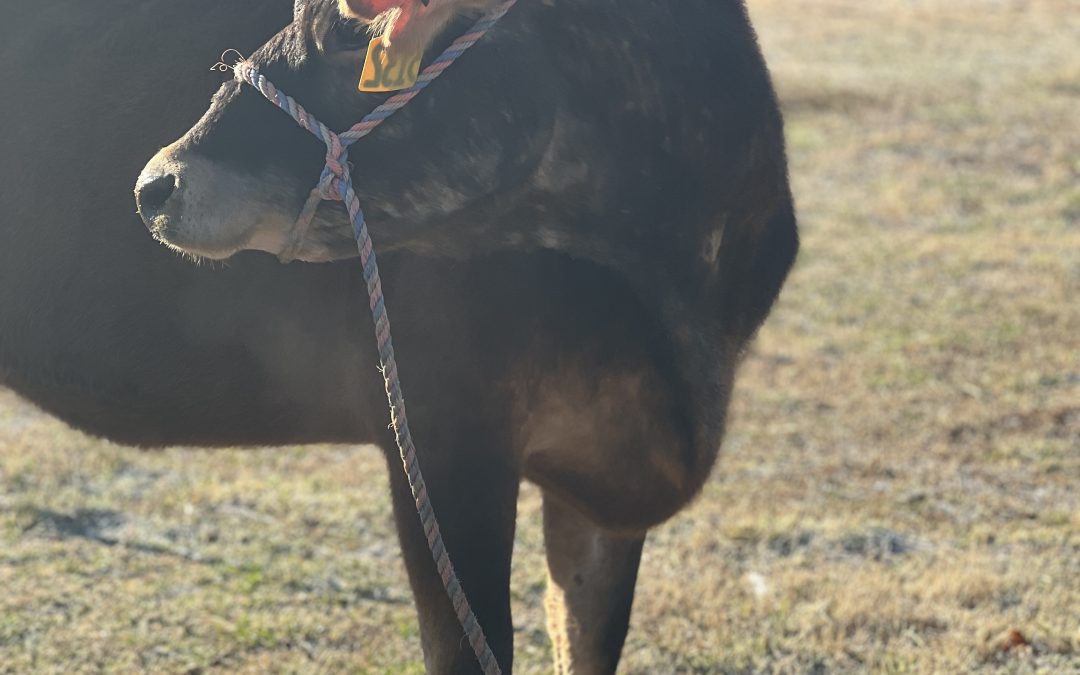
by Jamie Satterwaite | Jul 24, 2024 | Cows
Raising dairy cows can be fun, or a nightmare… and it all depends on the cow. We have had cows that came to us halter broke, and more than a few that have never even saw a halter, let alone had one on. I have also found that not all cows even need to be halter broke, some of our girls will follow you to the end of the world and back, without any coaxing. Learning how your cow reacts to difference situations is key to getting them halter broke, without stressing you, or your cow, out.
(more…)
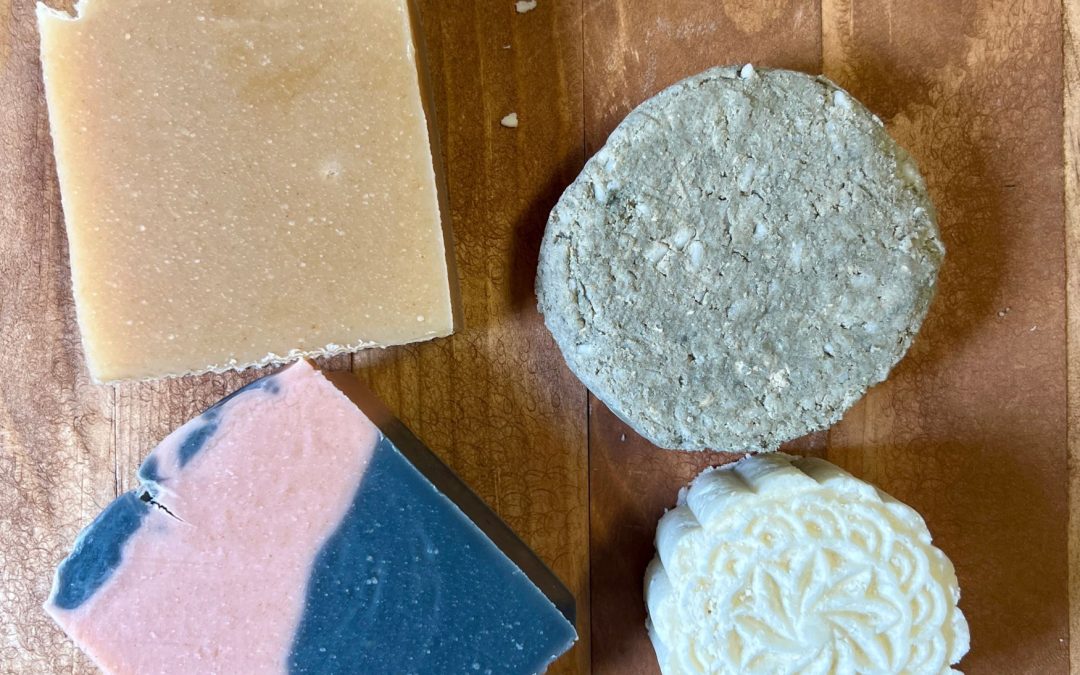
by Jamie Satterwaite | Jul 9, 2024 | Soaping
One of the most asked question I get at our local Farmers markets is if our handmade soaps can be used on hair. While I guess “technically” they can be used to wash hair, they really are not formulated for hair. So, today we are going to go over the difference between bar soap and shampoo bars and how to tell the difference.
(more…)

by Jamie Satterwaite | Jul 1, 2024 | Homesteading
In the bustling landscape of modern consumerism, the allure of farmers markets stands as a beacon of sustainable living and community connection. These vibrant hubs of fresh produce and local craftsmanship offer far more than just groceries; they embody a lifestyle choice that benefits individuals, communities, and the environment alike.
(more…)








